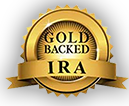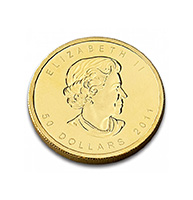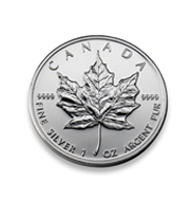About Rosland Capital
Rosland Capital LLC was founded in 2008 by Marin Aleksov a 20-year veteran of the precious metals industry. Rosland Capital is based in Los Angeles, California, but is a nationally and internationally known company.
As one of the leading precious metals suppliers in the United States, Rosland Capital and its account representatives strive to educate and inform the public about the potential benefits of buying gold, silver, palladium, and platinum as part of a wealth protection strategy. It also seeks to engage various generations of numismatists through collaborations with entities such as the International Tennis Federation and the British Museum.
To learn more about our company, visit the “About Rosland Capital” page on this website.
Rosland Capital Reviews
We work hard to ensure customer satisfaction—we are a Better Business Bureau (BBB) accredited business with an A+ rating and are rated AAA by the Business-Consumer Alliance (BCA).
"Thank you for your thorough assistance in my procurement of gold as a store of wealth. Thank you for helping me understand the process and enabling confident decision-making on my part. I have been contemplating this process and was overwhelmed with information. You made it very easy. Your efforts could be described as 'above and beyond' and '5-star.' I am certain we will be doing business again." - Michael H. July 8, 2019
“I was new to precious metal investing, and using it in an IRA. [My account representative] provided crystal clear guidance for me to convert some of my 401k investments into a gold IRA. He stays in touch with me about important world market updates. He is always ready to answer any questions I have.” - Dean P. July 27, 2022
To read more reviews like this one, visit the “Reviews” page on this website.




.jpg)
.jpg)
.jpg)


.jpg)






